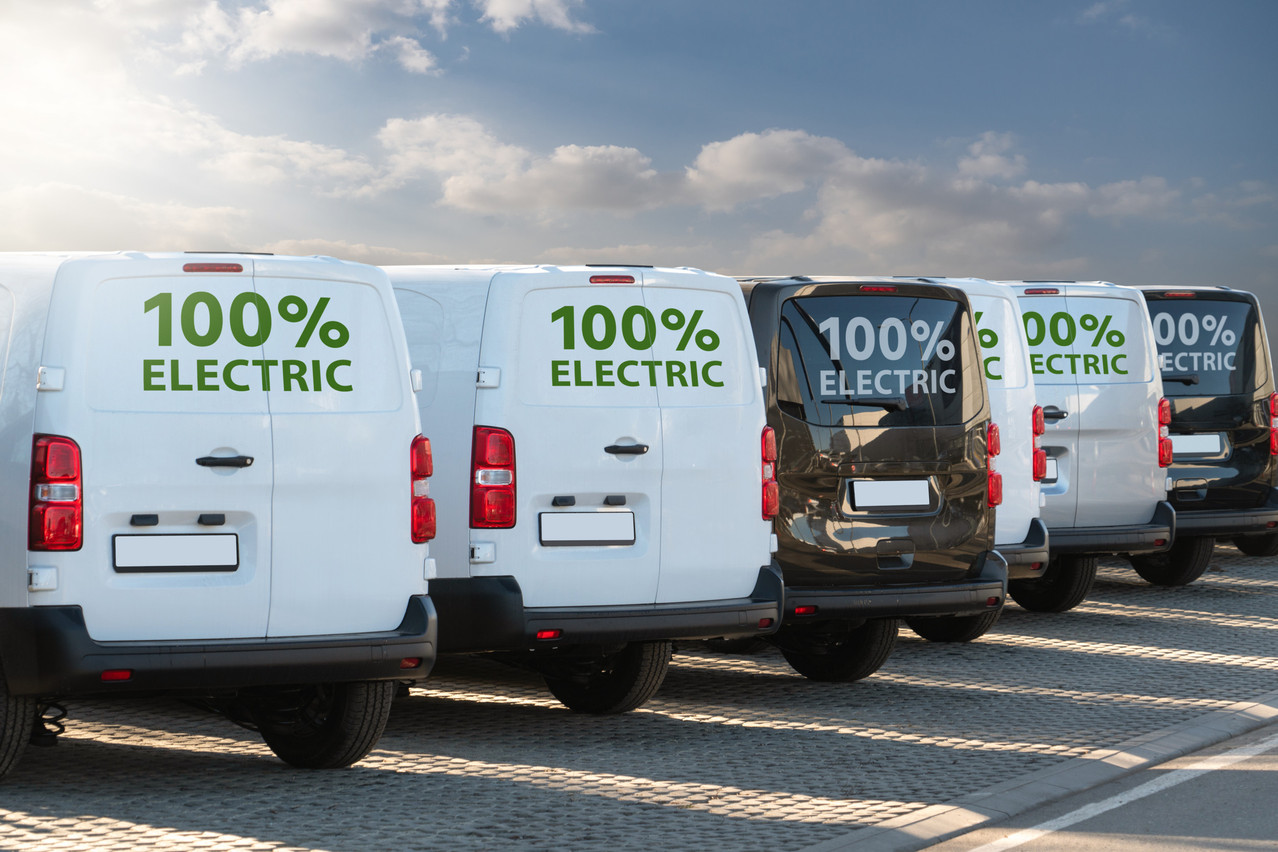Adopting all-electric fleets might align with the goals of the European Union, but it doesn’t necessarily take into consideration the hurdles a company fleet may encounter if it ignores its mobility needs.
The challenge of all-electric fleets
“All these [electric] vehicles will come back [to the workplace] in the evening. They must be charged, altogether! We’re speaking of hundreds, or thousands, of vehicles,” explains German Castignani, CEO and co-founder of Motion-S, a data-driven solution provider in mobility. “What energy provider will be able to provide the capacity of power needed for all cars to be fully charged in the morning?”
A lot of parameters must be considered with electric cars, in comparison to internal combustion engines. “Before, the choice was binary. If someone did a lot of distances, diesel; if they drove short distances, they had a petrol engine,” says Castignani.
It’s a concern that is shared by the Automobile Club of Luxembourg’s head of mobility technologies, Antonio Da Palma Ferramacho.
“The autonomy of electric cars is still limited,” says Da Palma, explaining that an electric car’s autonomy is influenced by road and weather conditions. For these reasons, a manager might be faced with increasingly complex choices when deciding what electric or hybrid model to use for different tasks.
Through data and a realistic evaluation of the existing electric vehicles though, the right balance between all-electric, combustion and hybrid vehicles can be found, Da Palma and Castignani say.
Observing fleet tracking data
Castignani’s company Motion-S, through fleet data tracking, supports and advises fleet managers in their task. He identifies three main uses of the data his company processes: ecomobility, maintenance and risk assessment.
The data harvested either through external hardware, a special mobile app or--in the last two to three years--through cars connected to car manufacturers directly is shared with Motion-S, which then analyses the driver’s usage.
With this, Motion-S can then offer a selection of cars that correspond to the user’s habits and needs. Castignani explains: “[Our clients’ question is:] ‘We have data of these trajectories; can you tell us what the right distribution would be?’ And that’s exactly what we do.”
Castignani remains measured when it comes to the future of fleets. “Not everything can immediately be all-electric.” After collecting data for four to six months, his company can suggest the mix of different engines a fleet would need. While considering that “the fleet that was bought only a few years ago can’t be replaced this quickly”.
Da Palma agrees that the solution is a mix between electric and hybrid cars, for unplanned distances or 24/7 operationality.
An experiment
ACL, which founded the Fleet Association for Mobility, also offers counsel to fleet managers who want to undertake the change.
Da Palma notes that there is a risk some might not be ready to adopt, should they go all-electric: slower, more expensive deliveries for instance. “A fleet manager might notice that an all-electric fleet doesn’t work and will pick those models when possible and keep hybrids they’ll use for logistics. Because logistically, it wouldn’t make sense for them to shoot themselves in the foot by prolonging the time of delivery just to be carbon neutral.”
Perhaps, though, automobile fleets, by having to renew their stock faster than private car owners--since they must follow state directives--will provide a “good window into what’ll happen,” Da Palma concludes.
This article first appeared in the February 2022 edition of .
